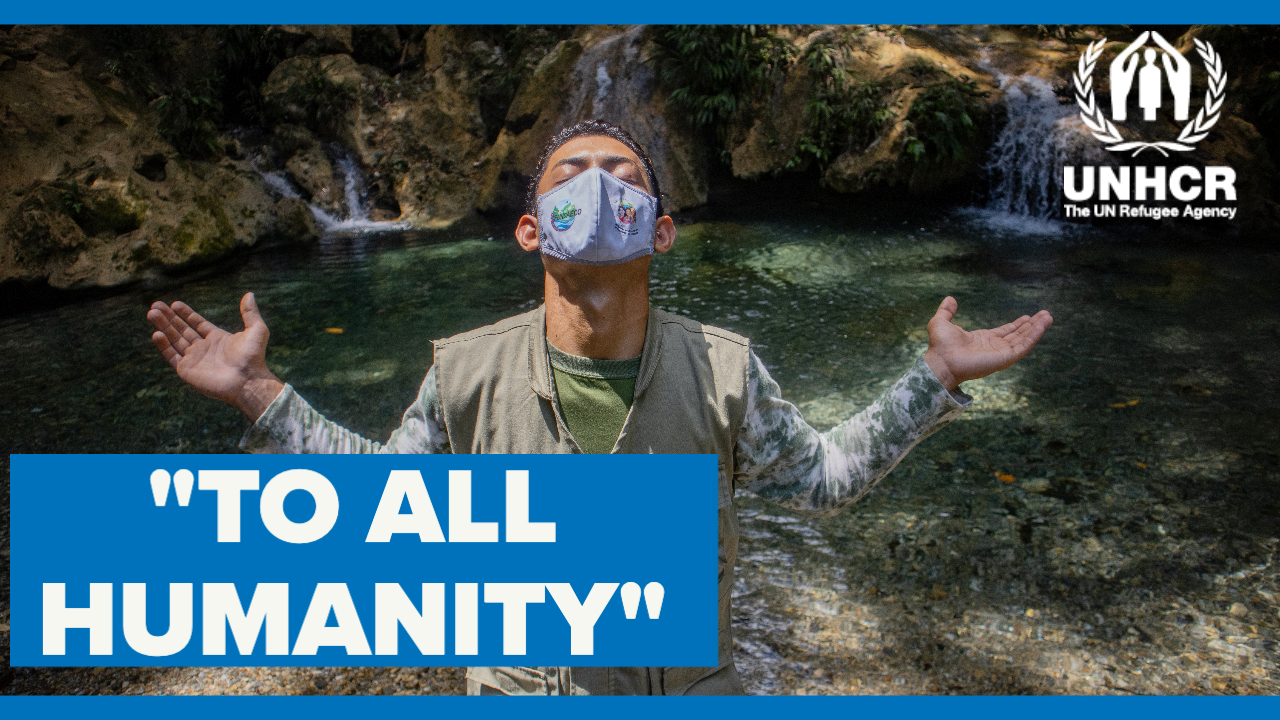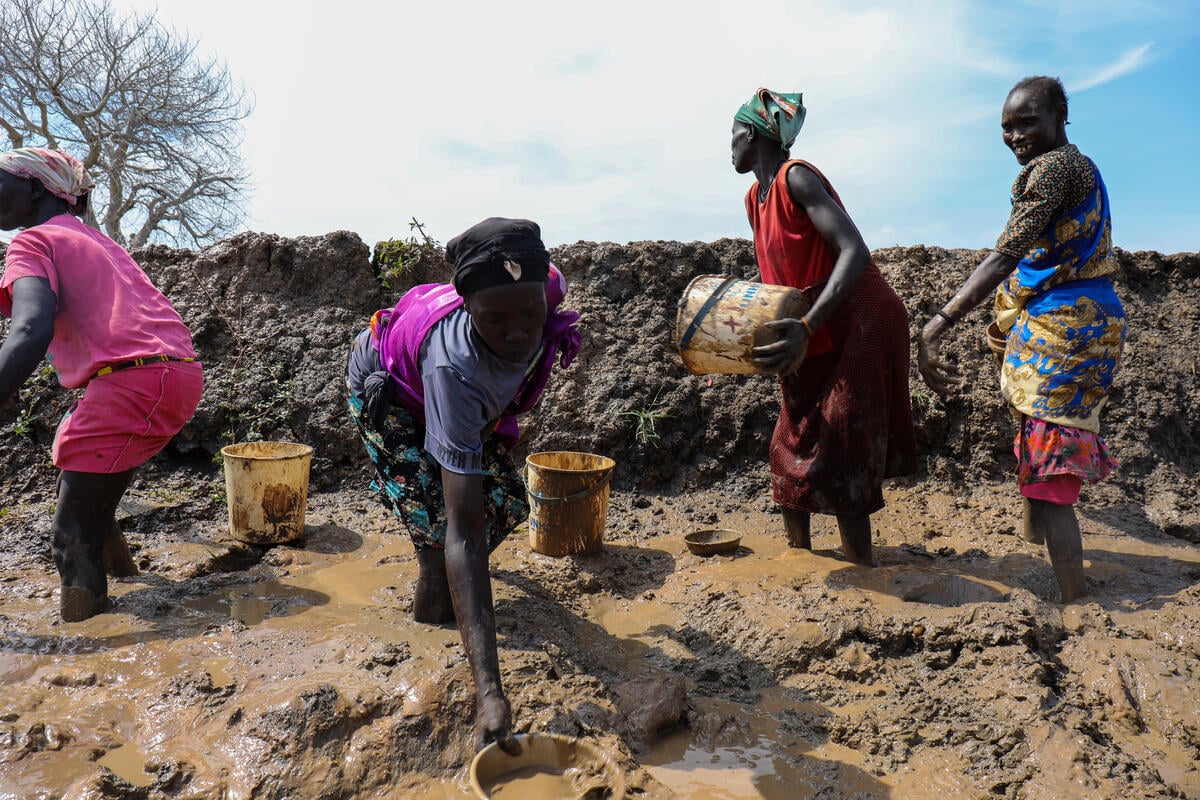UNHCR teaches Darfur IDPs to help themselves and environment
UNHCR teaches Darfur IDPs to help themselves and environment

KHARTOUM, Sudan, August 7 (UNHCR) - The UN refugee agency is working with internally displaced Sudanese to rehabilitate the environmental degradation that has been both a cause and a consequence of the Darfur conflict.
Earlier this year, UNHCR through its implementing partner INTERSOS started a community-based environmental rehabilitation project in three localities in West Darfur: Forobaranga, a small town bordering Chad, in Garsila and in Um Kher village.
The three nurseries aim to improve fruit and vegetable production, address deforestation through growing forest trees and provide local farmers, many of them women and youths, with training on topics like land management, water harvesting, pest control, tree management, intercropping, cash crop management, seed production and storage.
"This is for once good news from Darfur. We are pleased to see local villagers and IDPs alike embark on activities that not only help restore the damaged environment but also provide them with skills to enhance their self-sufficiency in the future," said Chrysantus Ache, UNHCR Representative in Sudan.
The Darfur conflict, often simplified in the public debate, is complex. Among several causes are tensions over access to land, water and resources. Ironically, the massive displacement of Darfurians over the past three years has worsened that already precarious environmental condition.
With internally displaced people (IDPs) moving close to urban centres and into camps - there are two million people displaced inside Darfur - deforestation around camps and towns has grown rapidly. Everyday, IDPs and local communities go further into the desert to collect firewood and livestock cover greater distances to find grass.
Apart from managerial skills, the participants learn differences in growing mango, banana, citrus, papaya, guava, millet, sorghum, tomato, onion, garlic, chickpeas, beans, groundnuts, eggplant, potato and sweet potato. Weekly training follows the natural cycle of the plants: sowing, germination, growth, transplanting and creation of new seeds.
So far, over 200 participants, mostly women and youth, have enrolled in the three localities. Ninety-minute training sessions are held four days a week. In Garsila, UNHCR plans future training in youth centres in IDP camps outside the village to attract more internally displaced youth.
Among the forest trees are acacia - 120,000 are being grown already - as well as tamarind, albizia, cassia fustula and other trees typical of the region. Since the project started in March 2007, the sowing of seeds has been completed and plants are growing well.
Prior to deciding where to carry out the programme, an environmental specialist supported by two local agronomists conducted an assessment of the soil and conditions and decided, along with local authorities and the villagers who embraced the idea, how to make the best out of the project.
The nursery was conceived to obtain best results from all species of plants. One part of the nursery is used as an incubator for seeds put in plastic bags and irrigated by special canals carrying fresh well water. The other part of the structure is designed to host young plants needing more sunlight and less humidity. Once the young plants are strong enough, they are distributed to the farmers.
Trees will be planted in the three localities in October near schools, wells, in selected public spaces and close to houses.
One of the many positive side-effects of the project is that the training of women and youths with help them become self-sufficient in an increasingly difficult environment. The training is open to internally displaced people and local villagers alike.
Recently the project's participants in Um Kher and Garsila even succeeding in growing the seemingly impossible: For the first time, pineapples - usually at home in humid, tropical areas - started to blossom in the desert of West Darfur.
By Annette Rehrl in Khartoum, Sudan









